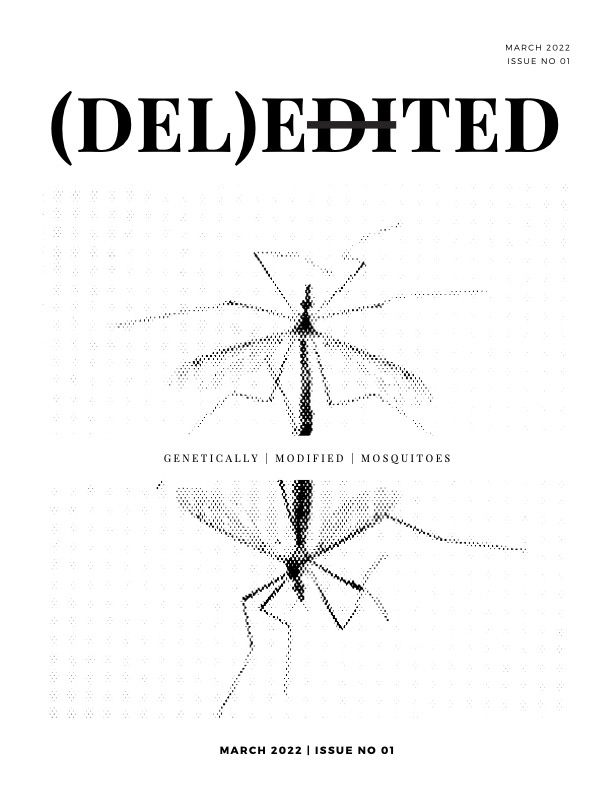Genetically Modified Mosquitoes

By: Alysa Rallistan, Anna Jovin, Brandon Abdi, Gabrielle Cua, Taylor Webb
Should Genetically Modified Mosquitoes be used to limit the spread of vector-borne diseases?
Mosquito-transmitted vector-borne diseases cause over one million human deaths per year all around the globe. Recent biotechnological advancements have created new opportunities to combat disease transmission. Gene drive technology genetically modifies the genomes of certain species of mosquitoes to suppress diseases that most impact humans. Either by inserting transgenes that fate offspring for early death, or engineering a vector for pathogen resistance, it is hypothesized that using this technology will decrease vector-borne disease prevalence. However, purposeful reduction of mosquito population sizes and reproduction has compounding impacts on unaltered mosquito species, their surrounding environments, and communities where these organisms are released. We must ask ourselves at what expense is this technology being implemented?
Technologies currently available to combat diseases like Malaria, Dengue, Zika, and Chikungunya include introducing Wolbachia bacteria to reduce mosquito lifespans, nondiscriminatory insecticides and insecticide-impregnated nets, swamp drainage, and CRISPR-Cas9 modifications. Each of these techniques has various impacts on the environment and stakeholders that maintain different social, legal, and ethical values. New technology is not always the most effective and what is the most effective is not always the most equitable. Follow along as we consider opposing perspectives that highlight the complexities of releasing genetically modified mosquitoes into the wild.
comments powered by Disqus